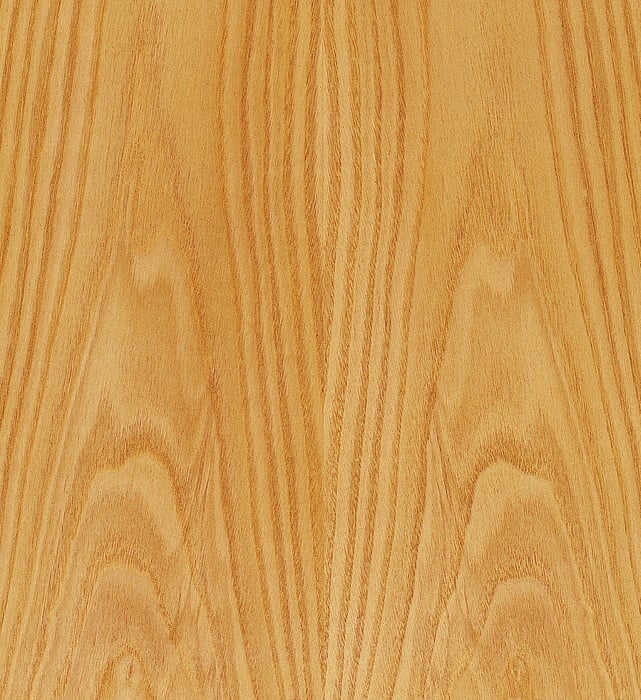chestnut

Trade names: Chestnut
Origin: Europe, Asia
Range: Western and Southern Europe, Asia Minor, North Africa. The growing region of this tree, which loves warmth, is about the same as the wine growing area. The Horse Chestnut is another botanical species which only plays a subordinate role in the wood industry.
Uses: Face veneer, furniture, paneling, stairs, parquet, special wood for shipbuilding and pilings, lumber. Frequently used in Southern Europe for furniture.
Character: Chestnut trees have an average growth height of 20 – 25 meters. In some cases the trees can grow up to 35 meters high. The stem diameter is usually one to two meters, very old trees can also reach stem diameters up to 4, or even 6 meters. The trees are harvested after 80 to 120 years. Sapwood and the heartwood are clearly distinguishable. The sapwood is narrow and white-yellowish. On the other hand, the heartwood shows a light brown tint in the fresh state, later it darkens. The wood is similar in texture to the oak, but has no mirrors.
Particularities: Unrelated to the chestnut is the Horse Chestnut, although the similar name suggests. The trees belong to different botanical families and their wood differs greatly in appearance and characteristics. The original French picket fence is made from the split wood of the Chestnut tree and is still used today in many gardens throughout Europe.
Natural product wood
Wood is a natural product, which can has colour differences and growth-related irregularities. Deviations in structure and colour are a quality feature for real wood. Growth, colour, structure and grain are unique in every tree and make every Gerber Humidor unique!
Digital illustrations of the wood samples are always only indicative picture and do not provide a guarantee.
Not all woods are available at all times and suitable for every Gerber Humidor. Please do not hesitate to contact us for further information.
